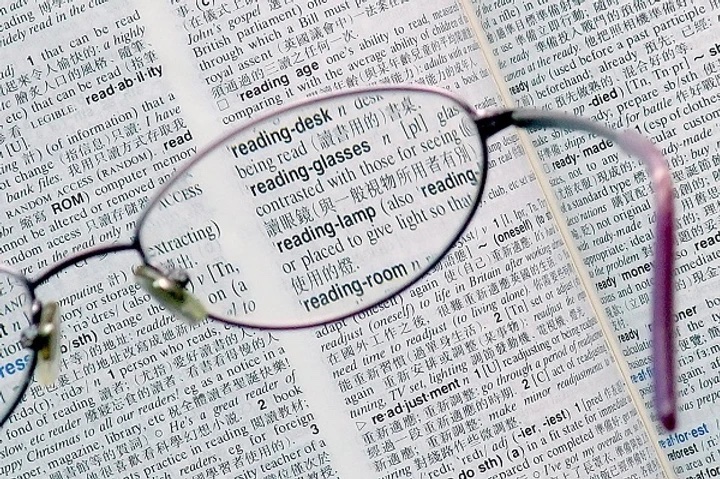The eye uses two main surfaces to focus on anything. The first is the outer layer of the eye known as the cornea, and the second being the lens; which is a concave structure suspended mid-way through the eye. It is the lens that changes shape to help you focus on objects at different distances, your cornea generally stays the same shape throughout life.

The ability of the lens to focus near objects is known as accommodation.
When looking at distant objects, your accommodation is fully relaxed if you have a perfect distance prescription or if you are wearing distance spectacles. When wanting; to focus on near objects your eyes have an involuntary response and three things happen:
- Your pupils constrict
- Your eyes converge together
- Your accommodation muscles contract to change the shape of the lens
With this contraction of the muscles, the lens becomes slightly thicker which then helps your eyes to focus a clear image onto the retina – the ‘seeing’ part of the eye.
As we get older, unfortunately, our ability to accommodate reduces. For most people, this will start to manifest itself in their early 40s, certain ethnic groups have accommodation problems in the 30s, such as Afro-Caribbeans, and there are certain eye disease and developmental abnormalities which affect our ability to accommodate.
We will focus on the age-related presbyopia, for now
So, as we get to our 40s, we notice it becomes increasingly difficult to focus as well on near objects as we did when we were younger. We may notice we hold our books or hand-held devices further away to be able to focus on them or we may need more light than previous to be able to see.
If we are naturally myopic or short-sighted then near tasks will be better when spectacles are removed, this is because the cornea is overpowered to focus light emitting from close-by objects.
If we are long-sighted then we may notice it is even more difficult to read without our distance spectacle correction.
When our ability to accommodate reduces i.e. when we encounter presbyopia, our focusing muscles still work fine and contract as normal, but the lens loses its elasticity so it doesn’t thicken sufficiently to focus on near objects. This is a gradual change which occurs from our 40s and carries on to our mid-50s. After this, the level of presbyopia settles down and our reading prescription is generally stable unless other factors come into play such as cataracts or age-related macular degeneration.
If you are encountering symptoms similar to what has been described above, then you need not worry. See your local independent optician who will carry out a comprehensive eye examination with extra tests to work out if you are indeed suffering from the early effects of presbyopia.
Presbyopia solutions
If this is the case then a solution will be offered to you. This does not necessarily have to be spectacle based. Contact lens technology is very advanced nowadays and even if your distance vision is perfect, contact lenses can help to cater for people who are suffering from presbyopia. Spectacle solutions include single-vision, bifocals or varifocals.
A point to note and remember, presbyopia is caused by the lens stiffening and losing its elasticity rather than the eye muscles becoming weaker, which means wearing glasses will not make your vision worse.
As always if you have any further questions or queries, please do get in touch with your local independent opticians





